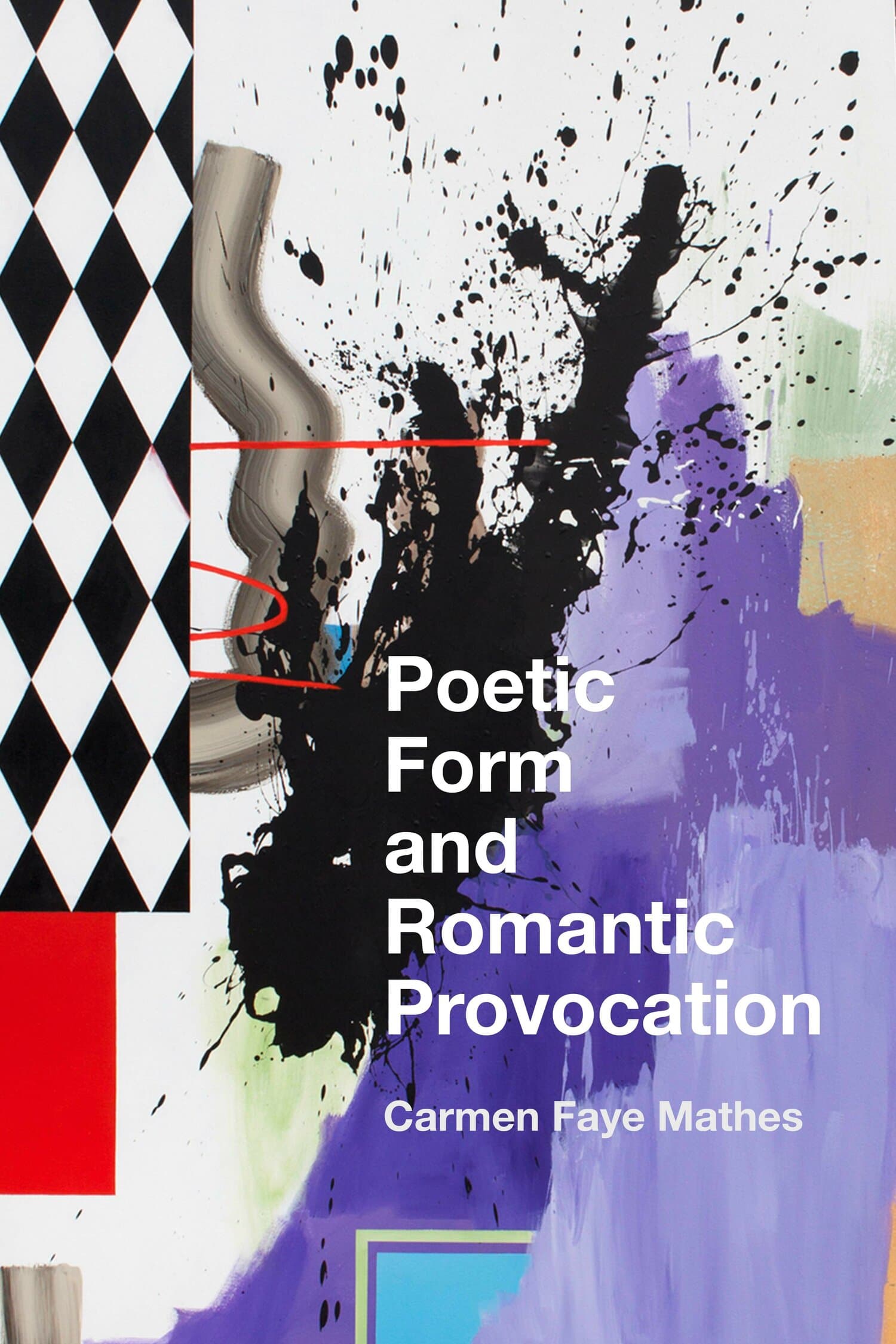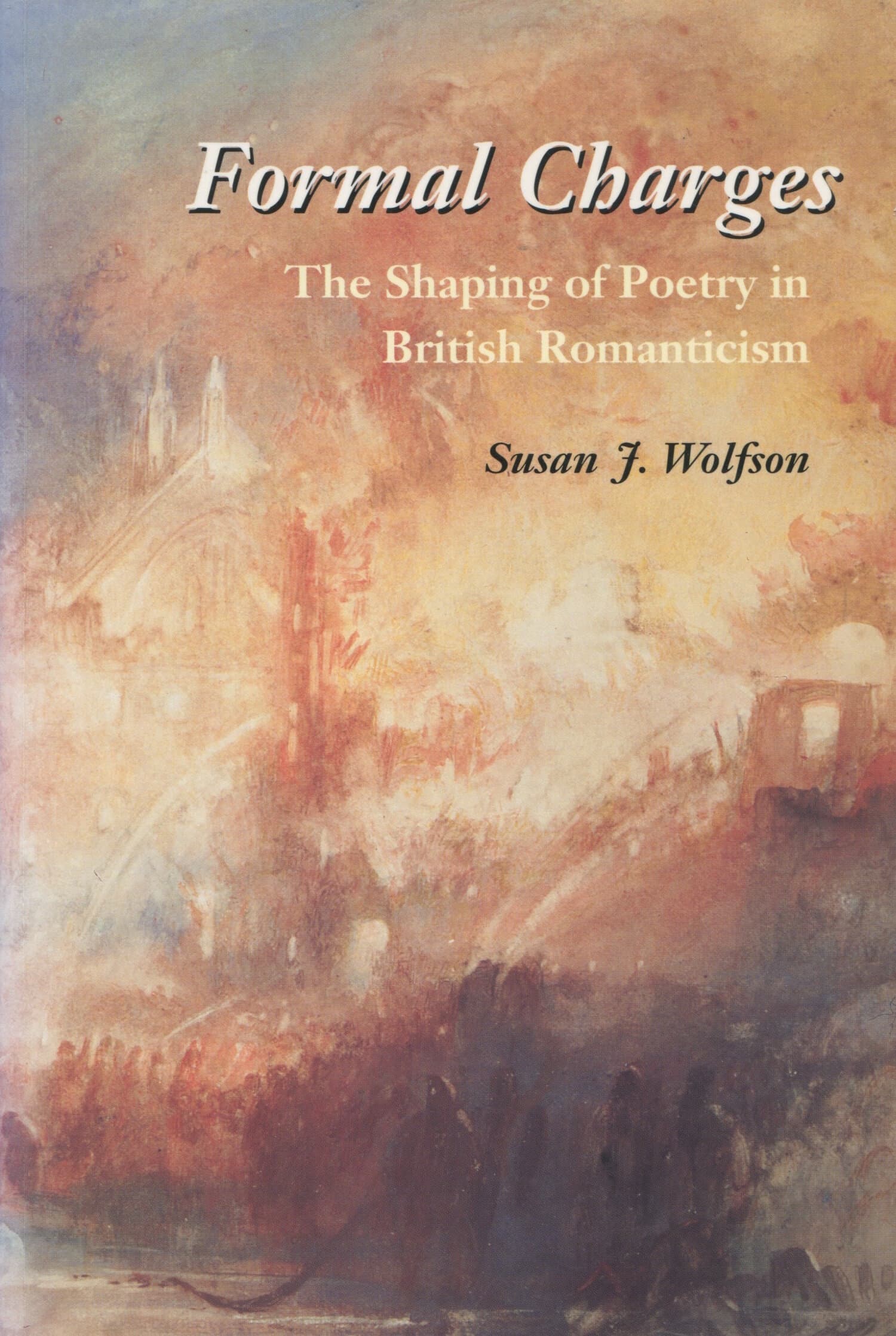The Fictions of Romantic Tourism

Exemplary Romantic novelists Ann Radcliffe, Sir Walter Scott, and Mary Shelley were likewise keen tourists and influential contributors to the discourse of Romantic tourism. The shaping power of this discourse—already highly developed in poetry, travel literature, and the visual arts by the time they began writing—affected not only what they saw and felt on tour but also how they imagined their greatest novels. Defining both tour and novel as privileged spaces exempt from the boring routines and hampering contingencies of ordinary life, these authors as well as many of their contemporaries and early Romantic predecessors effectively brought the tour into fiction and fiction into the tour.
This is the first extended study of the intimate connections between these two major cultural innovations of the later eighteenth and early nineteenth centuries, and the first to pay close attention to the active commerce, the fluid interplay, within the larger discourse of Romantic tourism, between British Romantic fiction, poetry, tour books, landscape painting, and book illustration (as exemplified by the collaboration between Scott and J. M. W. Turner).




